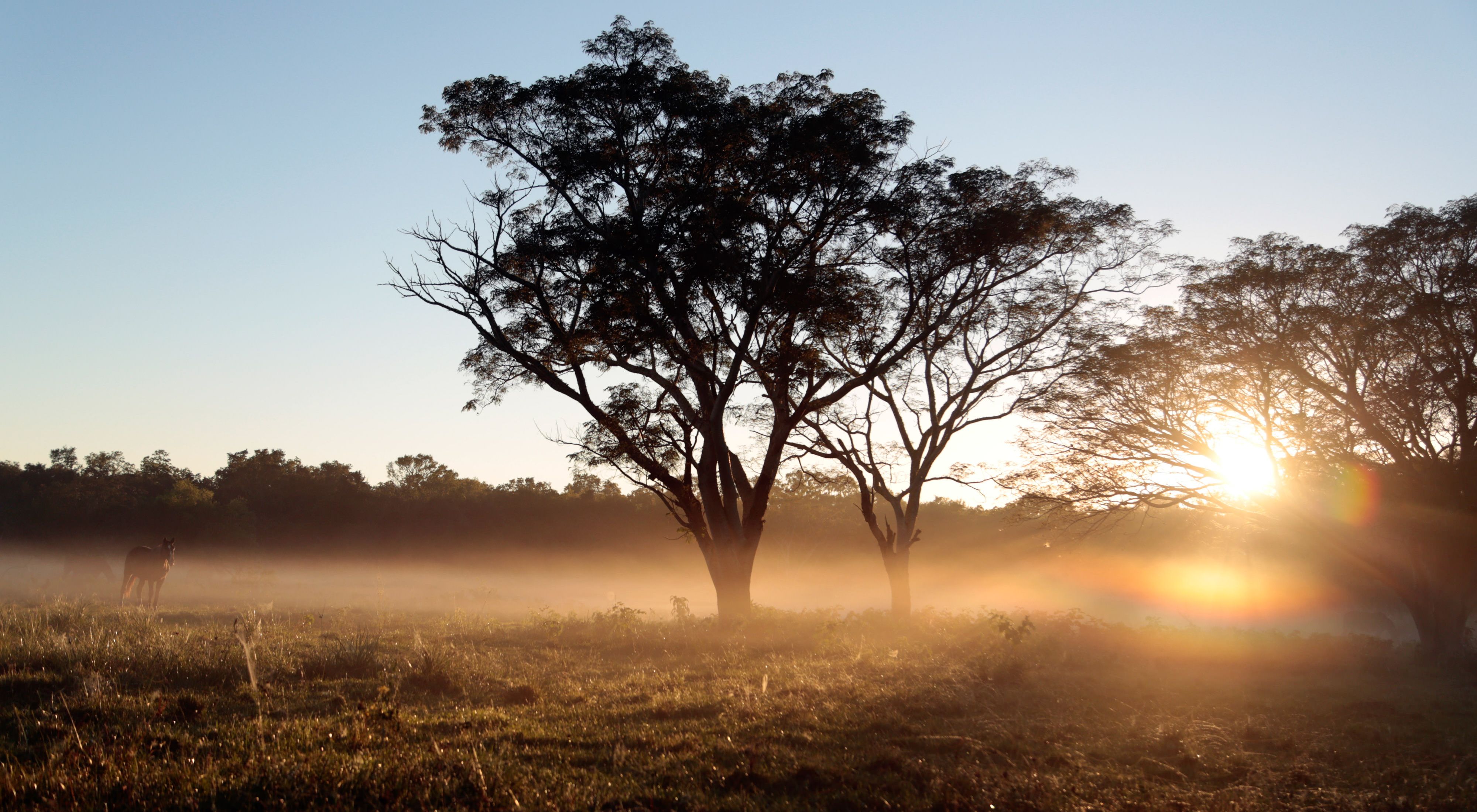Highlights
- The Gran Chaco is the second-largest forest in South America, behind only the Amazon rainforest. It is one of the most deforested areas on the planet.
- TNC is implementing actions to protect the Gran Chaco, producing food to actively restore habitat and protect biodiversity while reducing greenhouse gas emissions.
The Gran Chaco is a hot and semiarid lowland area with one of the highest deforestation rates on the planet. Every month, an area over 133 square miles is lost. Projections point to a loss of millions of additional acres of native vegetation by 2030. The biome extends over Argentina, Paraguay, Bolivia, and Brazil, bringing together more than 50 different ecosystems united by the same pattern of vegetation and climate. It also provides an environmental and bioclimatic balance for the continent.
Two-thirds of the Gran Chaco, or 130 million acres, are in Argentina. Its massive forests are home to unique vegetation and wildlife, including 3,400 plant and 500 bird species and hundreds of mammals, reptiles, and amphibians. Nine million people live in the Gran Chaco, including several Indigenous communities. The encroaching agricultural and livestock frontier, along with hunting and the effects of climate change, are also key factors in a situation that requires urgent measures.
Twenty-five percent of the Gran Chaco in Argentina has been cleared for agriculture, mainly extensive crop and livestock production, and mostly in the last 20 years. Variations in climate have also contributed to rapid deforestation, soil degradation, and biodiversity loss. The growing global demand for food will pressure South America's major agricultural expansion frontiers, particularly soybean and beef production. TNC considers the Gran Chaco one of Latin America's iconic places and a Global Foodscape. That means that strategic actions can be layered to increase efficiency, reduce negative impacts, and amplify visibility while contributing to nationally determined environmental and development goals.


The Gran Chaco as a Regenerative Food System
We've been warned for some time that the way we currently produce most of our food worsens climate change and biodiversity loss. Agriculture is responsible for a quarter of greenhouse gas emissions, 70 percent of freshwater use, and 80 percent of habitat loss worldwide. That is why TNC is carrying out a Regenerative Food System strategy that promotes science-based practices, methods, and policies supporting land restoration, protecting water, and increasing biodiversity in food production areas, including in the Gran Chaco.
The purpose is to produce food—whether on land or at sea—in ways that actively restore habitat and protect biodiversity in and around production areas while reducing greenhouse gas emissions. In some cases, Regenerative Food Systems can produce even more food than traditional systems—and, crucially, they preserve the livelihoods of the farmers, fishers, ranchers, and others who work to provide our food, now and in the long run.
Besides providing environmental benefits and securing our food supply, Regenerative Food Systems improve the livelihood of millions who provide for people and nature. For instance, soybean farmers can significantly increase their primary cash crop productivity and value – while boosting soil health and mitigating climate change – by reducing tillage, rotating in other crops, and planting winter cover vegetation. That's a win-win for all.
We are implementing conservation actions with local and regional partners to protect and restore the Gran Chaco Forest ecosystems by ensuring that key commodities, such as soy and beef, are sourced from deforestation-free areas only. TNC also facilitates the shift toward sustainable agricultural production of these globally-traded commodities.
Developing a Global Foodscape
Biodiversity protection depends on effectively integrating food and water provision
The Gran Chaco Study CaseTECHNOLOGY IN THE SERVICE OF SUSTAINABILITY
With the support of regional and local partners, TNC has been driving initiatives that combine values critical to nature and production. Smart technology and innovation reduce the agricultural footprint, and there is the growing involvement of producers in efforts to maintain the natural base of productive lands.
To support the sustainable management of the Gran Chaco, TNC and its partners developed Agroideal and MapBiomas.
Agroideal
Agroideal is a decision support tool that facilitates the sustainable production of soy in South America. After successfully implementing Brazil, Agroideal generates analysis and evaluates socio-environmental risks for the soy supply chain in the Gran Chaco area.
This tool helps corporations verify sources with no-deforestation risk or cleared areas that might be available for soy crops, including pasture lands with the potential to become crop zones. They also verify whether there are public conservation areas or Indigenous Lands nearby. If there are risks, they will consider mitigation measures or may choose to assess possible soy crop areas elsewhere. TNC's ultimate goal is to replicate the pilot in other areas, such as the Paraguayan Chaco.
MapBiomas
MapBiomas Chaco is an initiative that involves specialists from Argentina, Brazil, and Paraguay in a collaborative network on topics such as land use, satellite remote sensing, geographic information systems, and programming. MapBiomas' objective is to use quality and low-cost technology to produce a series of annual land-use and coverage maps utilizing the Google Engine platform.
